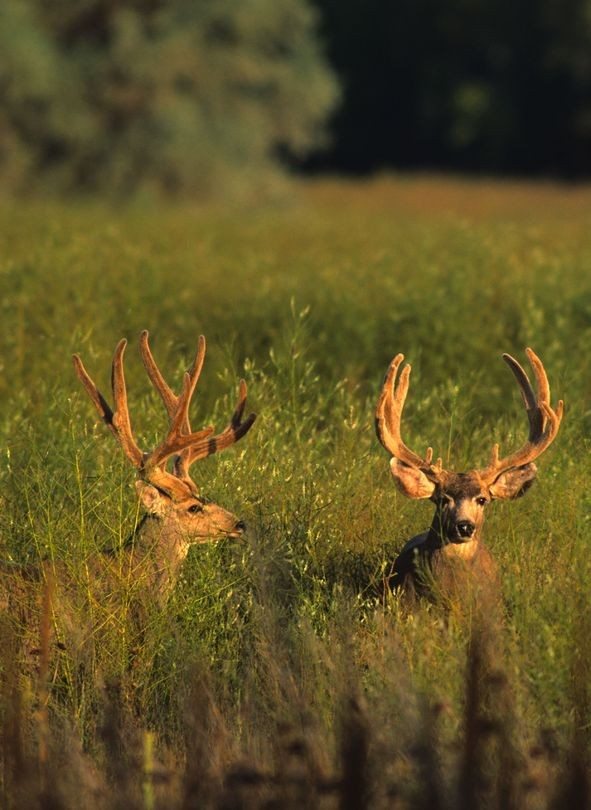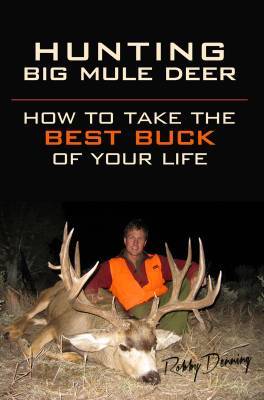 The term “Hit List” is everywhere these days. Formerly reserved for the mafia guys, mule deer hunters talk of building a list of bucks–through scouting–to hunt come fall. The idea is to start at the top and if you don’t get that buck, move your way down to the next best opportunity.
The term “Hit List” is everywhere these days. Formerly reserved for the mafia guys, mule deer hunters talk of building a list of bucks–through scouting–to hunt come fall. The idea is to start at the top and if you don’t get that buck, move your way down to the next best opportunity.
It’s a great concept, and it can work. However, there are two mistakes you can make when using hit lists:
1) Lose Focus
2) Fail to learn all you need to know about buck #1
First, the focus part.
Hunters who kill multiple big bucks in a relatively short time span always possess the ability to focus. They don’t get distracted along the way and put almost all their time into hunting a particular buck or particular area known for big bucks. By nature, though, having a hit list filled with multiple shooters can work against that mindset. How?
Big bucks know how to evade hunters–that’s how they got big. That means that you can’t just stroll into their core area and kill them. After opening day (and often before,) they are very often hiding in the steep-thick-nasty during shooting light. If you spend a day or two of hunting buck #1 with zero sightings, your mind will be captivated at the thought of buck #2. The grass is always greener and you’ll be sure he’s wandering around in the open with no hunting pressure just waiting for you to show up and drop the hammer. Truth is, he’s probably just as hard to find as buck #1.
My point is don’t leave buck #1 until you KNOW that he is gone or just impossible to kill.
Second, not learning enough about buck #1
If you do find a buck worthy of the #1 slot, make sure you learn all you can about him and his haunts. You need to know likely hiding cover, feed areas, bedding areas, game trails, and how to hunt the area with as little impact as possible. In arid country, you also need to know the water sources. All this takes time, sometimes even a season.
I use the phrase “patterning mule deer” very loosely as it’s been my experience they don’t often follow the same path or visit the same hillsides on a daily basis. However, they do seem to inhabit a relatively small area (before the heavy rut or migration begins) and the more you know about that area, the better chance you have of taking a buck that lives there.
My point is learn all you can about buck #1 before worrying about bucks lower on your Hit List.
New Podcast
I’ve been on the podcast circuit lately. Last week, Brad Carter and Billy Kennington of Hunt the High Country Podcast hosted me. These guys are buck hunters, so it was 100% mule deer. Give it a listen here
Also, be sure and subscribe to this blog, upper right, so you don’t miss a post.
Read about how I research mule deer in my book, Hunting Big Mule Deer






















